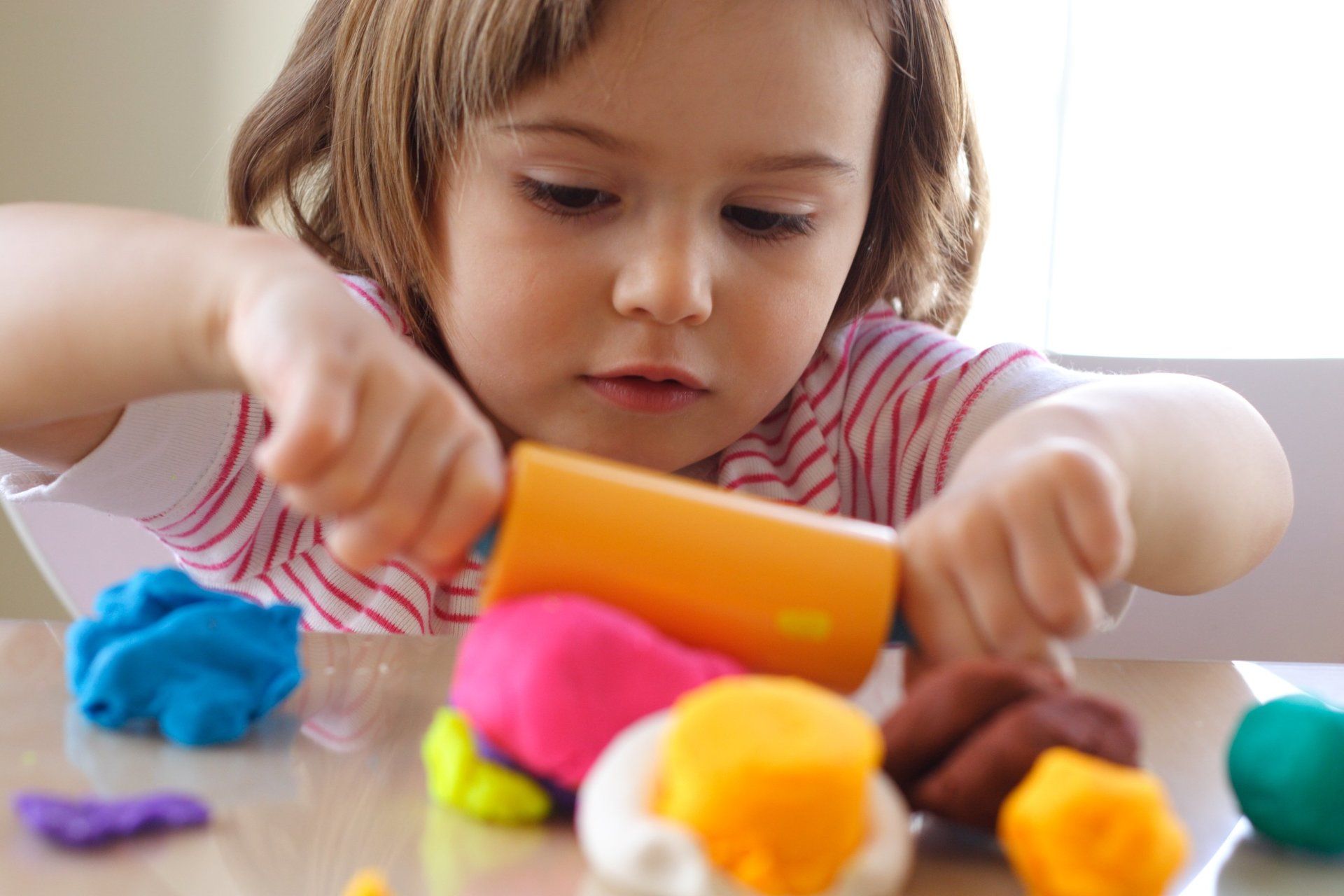What is the Autism Diagnostic Observation Schedule?
Unlocking a Brighter Future:
The Benefits of the ADOS-2 Test for Your Child

As a parent, there's no greater joy than seeing your child grow and thrive. But for kids on the autism spectrum, early diagnosis and intervention can be the key to unlocking their full potential. That's where the Autism Diagnostic Observation Schedule, Second Edition (ADOS-2) comes in – a powerful tool that's helping families like yours understand and support their child's unique needs.
Why ADOS-2 Matters
Developed by leading autism expert Catherine Lord and her team, the ADOS-2 is a comprehensive, semi-structured assessment that evaluates a child's social interaction, communication, and play skills. With an accuracy rate of 90-95% (Lord et al., 2012), the ADOS-2 is widely recognized as a gold standard in autism diagnosis. And its benefits extend far beyond diagnosis – they're a crucial stepping stone towards tailored interventions and therapies that can transform your child's life.
Who Should Consider ADOS-2 Testing?
- Children between 12 and 47 months old who exhibit social or communication delays
- Children with a family history of autism
- Children who have been referred for possible autism by a pediatrician or other healthcare professional
- Children who exhibit restricted or repetitive behaviors, such as hand flapping or insistence on sameness
- Children who have difficulty with eye contact, initiating or maintaining conversations, or understanding social cues
ADOS-2 at Pediatric Movement Center
Pediatric Movement Center (PMC) offers in person testing for children ages 2 and older to provide vital components and information related to Autism spectrum disorder through initial evaluation of Autism Diagnostic Observation Schedule (ADOS-2), social emotional scales and sensory processing evaluation information. We hold the firm belief that every child possesses unique capabilities and the potential to achieve remarkable accomplishments. The administration of the Autism Diagnostic Observation Schedule - Second Edition (ADOS-2) test will furnish you with valuable insights into your child's proficiency in areas such as communication, play, and social skills. It is imperative to note that while the ADOS-2 evaluation represents a crucial component of the diagnostic process, it alone does not constitute an Autism Spectrum Disorder (ASD) diagnosis. Instead, the ADOS-2 serves as the gold standard diagnostic tool, employed in tandem with supplementary assessments by qualified medical practitioners, including licensed psychologists, psychiatrists, or licensed physicians, who are equipped to provide families with a diagnosis, once they have a comprehensive and holistic understanding of each individual from the ASD assessment process.
WORKING WITH PMC FOR YOUR ADOS-2 NEEDS
you can expect EXPERT care from an ADOS-2 certified
practitioner and will will receive the following documents
01
ADOS-2 Report
The ADOS-2 report provides information about an individual's social interaction, communication skills, and imaginative use of materials.
02
Cognitive / Emotional Checklist
The checklists provide valuable insights into a child's emotional regulation skills and identify potential areas of concern.
03
Scores
You'll be provided with descriptive information and scores for social affect including: communication, reciprocal interactions and restricted/repetitive behaviors.
04
PT/OT/SLP Evaluations*
*You will receive any physical, occupational or speech therapy evaluations if they were performed at a PMC facility.
What Happens After ADOS-2 Testing?
So, what happens after the ADOS-2 test is completed?
Families discuss and share the results of a PMC ADOS-2 exam with their perferred qualified professional, such as a psychologist, psychiatrist, or pediatrician, who will:
- Interpret the results and provide a diagnosis of autism or other conditions
- Recommend a treatment plan tailored to your child's unique needs and abilities
- Connect you with local resources, such as therapy services, support groups, and educational programs
- Provide ongoing support and guidance to help your child thrive
- Empowering Your Child's Future
By choosing the ADOS-2, you're taking the first step towards empowering your child's future. With its comprehensive, accurate results and tailored interventions, the ADOS-2 is a game-changer for families like yours. So why wait? Schedule an ADOS-2 test today and unlock a brighter, more supportive tomorrow for your child.
HOW TO
GET STARTED
01
Call Us!
Call a member of the PMC team at 301-739-5437 and let them know that you are interested in ADOS-2 testing.
02
Complete your paperwork
Prior to your have scheduled your ADOS-2 evaluation, we request that you complete our Intake Paperwork & Cognitive/Emotional checklist.
03
Pre-Evaluation Interview
At least one week prior to your ADOS-2 evaluation, a parent/guardian will participate in a 15 minute phone interview with the ADOS-2 testing administrator.
04
ADOS-2 Evaluation Day
The test will take 40-60 minutes. Parents may be asked to attend testing or to wait in the lobby: this is at the examiner's discretion so they can get the most accurate understanding and participation from your child. Please do not bring any siblings as they will not be permitted to attend.
Frequently Asked Questions
- Is this covered by insurance? No, at this time the ADOS-2 is a private pay exam
- Is there a long waitlist for the ADOS-2? No, at this time we are typically able to schedule within 4 weeks of requests
- What is the cost of the ADOS-2 test? $400*
- Do you have a qualified professional, such as a psychologist, psychiatrist, or pediatrician on staff at Pediatric Movement Center who can diagnose for Autism Spectrum Disorder? No, we do not have any a qualified professional on staff who can provide a diagnosis, but we have a list of providers that are familiar with the ADOS-2 exam that we can recommend!
*Rate is subject to change. Current rates will be reflected in PMC's Private Pay Rate Guide
References: CDC (2020), Johnson et al. (2007), Lord et al. (2012)








